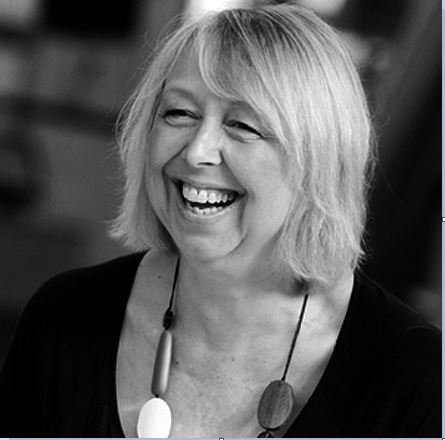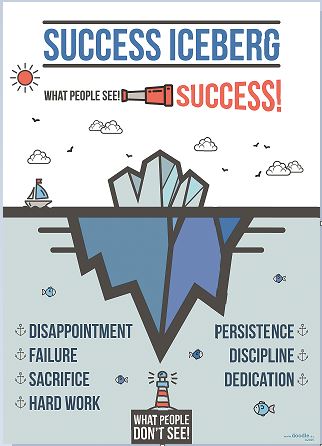
I love seeing photos of cool learning spaces with funky furniture. They can be captivating and inspiring, yet the question remains, ‘Are these new learning environments changing the way we teach?’ New spaces require educators to implement new pedagogical approaches. Many schools are looking at the classroom through a 21st century lens, they are rethinking the traditional ‘egg crate’ model with desks in rows and the classroom with an obvious ‘front’, where the predominant model is the didactic, pedagogical approach. Sometimes we gain inspiration from the modern workplace, such as the offices of Google or Microsoft and understand the way that the world works, thinks and learns may also have a bearing on the way we organise the classroom. In 2017, when our young people need to develop adaptive skills of connection and collaboration, it seems incongruous to enclose learning in single cells, organised in rigid rows.

My own context is Northern Beaches Christian School on the northern edge of the greater Sydney region, in Australia. Since 2005, under the leadership of the principal, Stephen Harris, the school has been on a trajectory of change, as Stephen says, “NBCS is a school that demonstrates that change is both necessary and possible – a change in paradigm, in learning space design, in the way we empower students to take charge of their own learning.”
Essentially, technology has been a game-changer and it affords immense opportunities, especially due to the increasing mobility of devices. This has led to the design of a range of innovative learning environments in schools around the world. These spaces are often shared by multiple classes and are technology-rich, multi-modal and adaptive, enabling a variety of pedagogical approaches. I regularly facilitate workshops for teachers and leaders around the context for rethinking learning experience using a design-thinking approach, we call design/engage. We help educators think about the learner, how we might personalise the learning experience, and then how the design of the space can support and even enhance the learning.
For many teachers the ways of working in new spaces can be confronting and the foundational shifts that need to take place are daunting. There are often questions about the physical attributes of the environment, usually the noise and whether all students remain on-task in a shared classroom, without fixed walls. There can also be a perception that parents will be non-supportive and, importantly teachers ask, “So where do I put my stuff?”
When I speak to educators, I often use the metaphor of the iceberg. What people see when they visit NBCS or see the images of innovative learning environments is the tip of the iceberg, the real work is under the surface, across a number of years to maintain the vision and reinforce the desired culture. In the case of NBCS, it is more than 10 years of change. When it comes to ‘people and change’ there is no quick-fix, and using the language of design/engage we take People on a Journey in a Space. Rather than put just classes together in new spaces with a variety of furniture to teach in multiple zones, it is important to attend to the under-the-surface work beforehand. The design process that we use can be applied to mapping out a school year or just planning a lesson.
The first step is to grow your team and then think about your students, before anything else. If collaboration is a necessary skill for students, it starts with teachers being able to collaborate, to work as an effective team. At NBCS we work with our teaching teams to come up with ‘team agreements’, gaining alignment and clarity around a vision, intention or purpose, articulating what we value and how we will work together. In order to create a personal learning experience, we create some archetypes, describing those students who may get lost in the mix or have particular needs of circumstances. This ‘user-experience’ approach helps us to see the learning through their eyes.